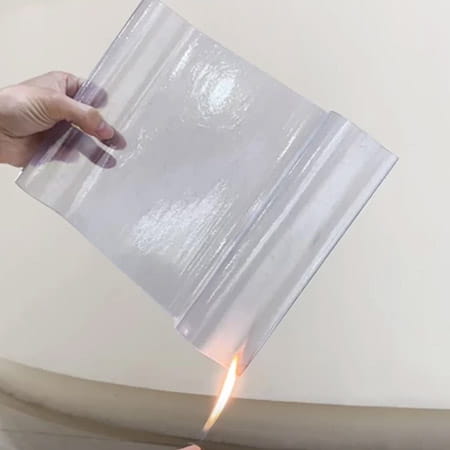
What is Panel Atap Fiberglass?
Panel Atap Fiberglass is a roofing material made of fiberglass, which is a type of reinforced plastic that consists of glass fibers embedded in a resin matrix. Fiberglass is strong, lightweight, corrosion-resistant, and can be molded into various shapes and sizes. Panel Atap Fiberglass is also known as fiberglass corrugated roofing, as it has a wavy or ridged surface that helps to drain water and prevent leaks.

Why Choose Panel Atap Fiberglass?
Panel Atap Fiberglass has many advantages over traditional roofing materials, such as metal, asphalt, or wood. Some of the benefits are:
Transparency: Panel Atap Fiberglass allows natural light to enter the building, reducing the need for artificial lighting and saving energy costs. It also creates a pleasant and bright atmosphere inside the building.
Durability: Panel Atap Fiberglass can withstand harsh weather conditions, such as heat, rain, wind, and hail. It does not rust, rot, warp, or crack easily. It also resists fire and insects.
Versatility: Panel Atap Fiberglass can be used for various types of buildings, such as houses, warehouses, greenhouses, sheds, and pergolas. It can also be customized to fit different shapes and sizes of roofs.
Eco-friendliness: Panel Atap Fiberglass is made of recyclable materials and does not emit harmful substances. It also helps to reduce the greenhouse effect by reflecting solar radiation.
How to Install Panel Atap Fiberglass?
Installing Panel Atap Fiberglass is similar to installing metal roofing sheets. The steps are:
Prepare the roof frame: The roof frame should be sturdy and level, with enough support for the panels. The spacing between the rafters should match the width of the panels.
Cut the panels: The panels should be cut to the desired length and width, using a circular saw or a hand saw. The edges should be smooth and free of burrs.
Lay the panels: The panels should be laid on the roof frame, starting from the bottom edge and overlapping each other by about 10 cm. The panels should be aligned with the ridges and valleys of the roof frame.
Fasten the panels: The panels should be fastened to the roof frame using screws or nails, preferably with rubber washers to prevent water leakage. The screws or nails should be driven through the ridges of the panels, not the valleys.
Seal the joints: The joints between the panels should be sealed with silicone or acrylic caulking to prevent water leakage.
Conclusion
Panel Atap Fiberglass is a roofing material that has many benefits over traditional roofing materials. It is transparent, durable, versatile, and eco-friendly. It can be installed easily on various types of buildings. If you are looking for a roofing material that can provide natural light, withstand harsh weather conditions, and save energy costs, you might want to consider Panel Atap Fiberglass for your next project.
 +86 15303735673
+86 15303735673 Jessica@frpzs.com
Jessica@frpzs.com
 Technical Data
Technical Data











